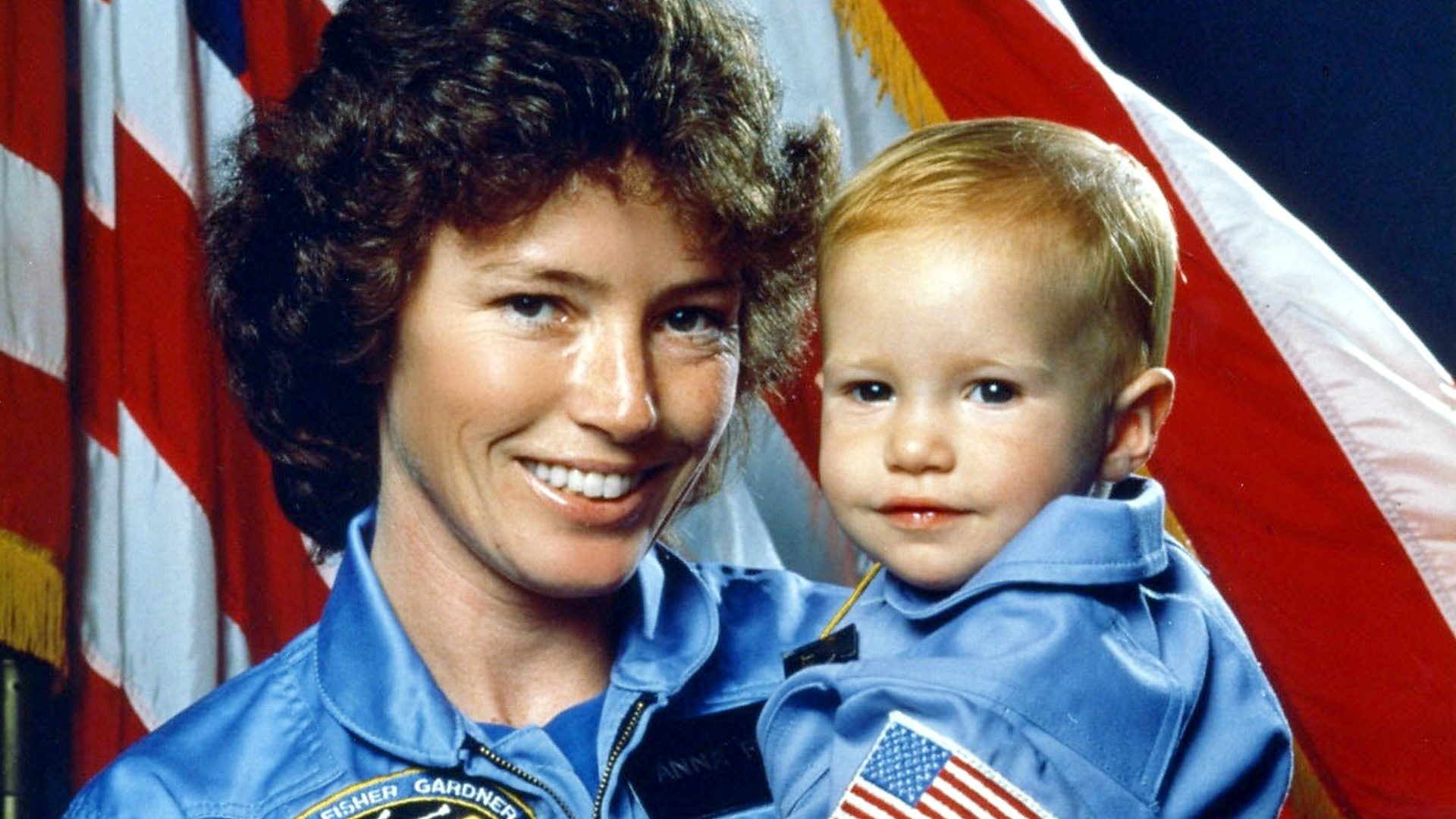Could Life Be 12 Billion Years Old?
Much of thesearch for life outside of Earth's biological oasis has focused on examiningthe conditions on the other planets in our solar system and probing the cosmosfor other Earth-like planets in distant planetary systems.
But oneteam of astronomers is approaching the question of lifeelsewhere in the universe by looking for life'spotential beginning.
AparnaVenkatesan, of the University of San Francisco, and Lynn Rothschild, of NASA'sAmes Research Center in Moffett Field, Calif., are using models of starformation and destruction to determine when in the roughly 13.7 billion-year historyof the universe the biogenic elements ? those essential to life as we know it ?might have been pervasive enough to allow life to form.
We can pindown the emergence of life on Earth to somewhere around 3.5 billion years ago. Venkatesanand Rothschild want to find out what happens when you broaden the question tolife throughout the universe.
"Canyou blast that open? Could you really start really talking about life in theuniverse at 12 billion years? And that's the question that we're talking about,"Rothschild said.
With basicestimates of the elements produced by the first several generations of stars,the pair has so far found that "most of [the essential elements] can becreated fairly quickly in the early universe," Venkatesan said.
Venkatesanpresented their first findings last week at the 214th meeting of the AmericanAstronomical Society in Pasadena, Calif.
Breaking space news, the latest updates on rocket launches, skywatching events and more!
Biogenicelements
For life aswe know it to form and thrive, four conditions must be met: sufficient amountsof the so-called biogenic elements, a solvent (on Earth, that solvent is liquidwater), a source of energy, and time "for the elements to build up andcreate a home and conditions for life to thrive," Venkatesan explained.
The biogenicelements include carbon, nitrogen, oxygen, phosphorous, sulfur, iron, andmagnesium.
"Carbonin particular is very interesting," Venkatesan said. Carbon is "ubiquitousin the solar system and beyond" and "is extremely versatilechemically."
Theseelements, like all elements present in the universe today, are forged in thefurnaces of stars. But not all stars make each element, and some produceelements much faster than others.
Low-massstars create all the elements on the periodic table through carbon,but because these stars live long lives, they produce the elements slowly.Intermediate mass stars tack on nitrogen through oxygen. Finally, the mostmassive stars, with their intense ovens, make all the elements up to iron and someother heavy metals. And because these stellar beasts lead such short,violent lives, they can churn out elements faster than smaller stars.
Theexplosions that end these stars' lives can vary though, and their differentsignatures indicate the amounts of metals, such as iron and nickel, involved,Venkatesan said.
It isthought that the first stars to form in the early universe were very massive.These stars would have characteristic compositions that in turn imply that theywould have specific elemental abundances "that they create in their deaththroes."
The twoscientists came up with the idea for applying the study of the first stars toastrobiology when Rothschild came to Venkatesan's department for a talk. Whiletalking at dinner that night, "we began to realize it might be really funto look at just when the first building blocks for life could be outthere," Venkatesan said. "To the best of our knowledge, we didn'tknow anyone else out there who was at the time talking about it or thinkingabout it."
Wishlist
Rothschilddrew up what she calls her "wish list" of elements that she considersabsolutely essential to life as we know it. Venkatesan then used currenttheories of star formation, from the first very massive stars to the stars thatformed later from the seeds sown by the first stars, to model the build up ofeach of the biogenic elements.
"Thenumber one element is carbon," Rothschild said. "And you come up withthat because they're really only two elements that have any real versatility interms of being able to create a bunch of compounds that could then form a life,and one is silicon and one is carbon."
But silicongets ruled out because it isn't as prevalent in the universe, nor as chemicallyversatile.
"Thereality check is that we're sitting on a big silicate rock, and we're not madeof silicon," Rothschild said.
Roundingout the list of must-haves are hydrogen, oxygen and nitrogen.
"Nitrogenseems to be critical. It's found in so many compounds, and that really addshuge versatility then to the suite," Rothschild said. Nitrogen, forexample, is the backbone of amino acids, which in turn are the building blocksof proteins and have been detected in interstellar space.
Secondaryand tertiary lists include phosphorus, sulfur, iron and magnesium, "andall sorts of funky things which are used a lot, but I could more easilyconceive of a system without it," Rothschild said.
Elementalbuild-ups
They foundthat "nitrogen can actually build up very quickly," Venkatesan said.But not right at the beginning, because those first massive stars "woefullyunder-produce nitrogen." It takes later-generation stars to boost levelshigh enough to what scientists think might be needed to make the elementpervasive enough.
Carbon also"takes a little while to build up," because it needs low- andintermediate- mass stars, Venkatesan said.
While thoseearly massive stars would have had trouble producing nitrogen, they "arefairly efficient at producing iron early on. That is because they completelyblow apart," Venkatesan said.
Overall,the modeling effort found that iron and magnesium levels would have surgedearly on, with carbon taking at least 100 million years to build up.
Though thecritical masses of biogenic elements needed to allow life to form aren't known,"these amounts will be more than enough," Venkatesan said.
So byperhaps around 100 million after the universe began, many of these elements would be found insubstantial enough numbers, though the timescale may be more around 500 millionyears for carbon and the jury is still out with nitrogen.
Otheringredients
Bettermodels and improved knowledge of the physics at work in early stars couldchange the picture somewhat, changing the timescales for the buildups of theelements and the interstellar environment they are born into.
Of course, knowingwhich elements need to be present and whether or not they are won't answer thequestion of when life might have been able to spring forth. The elements mustalso collect in pools in significant enough amounts.
"Thatfinal question is not only which elements, but what concentration do you buildup locally?" Rothschild said.
OnceRothschild comes up with estimates of the amounts of different elements likelyrequired, she and Venkatesan can use models that estimate concentrations ingalaxies and solar systems over time and see if they find any likely-lookingspots for life to form.
"Allwe need is one place in the universe that has the conditions, the prerequisites,"Rothschild said.
Solvents,such as liquid water or methane, will also have to be factored in. Venkatesansaid that in the long term, they hope to use the same methods to figure outwhen water might have existed in sufficient quantities.
There isalso the question of whether life could have thrived in the harsh,ultraviolet-dominated environments of the earlystars. Ultraviolet light is thought to have both beneficial and detrimentaleffects on life, but which might have won out in the early universe isn'tknown.
Ultimatelythe question will become, "can we build up the building blocks" earlyon, Venkatesan said. Though answering that question will take some time, itcould have a substantial impact on studies of the early universe, exoplanetresearch, and the expectations of how far along alien life might have evolved,not to mention our view of our place in the universe.
"It'snot going to cure cancer," Rothschild said. "But I think in a way,it's a very profound question: when can you start talking about life in ouruniverse?"
- Video? Extreme Living on Earth and Other Worlds
- HowDid Life Arise on Earth?
- DoesAlien Life Exist?
Join our Space Forums to keep talking space on the latest missions, night sky and more! And if you have a news tip, correction or comment, let us know at: community@space.com.

Andrea Thompson is an associate editor at Scientific American, where she covers sustainability, energy and the environment. Prior to that, she was a senior writer covering climate science at Climate Central and a reporter and editor at Live Science, where she primarily covered Earth science and the environment. She holds a graduate degree in science health and environmental reporting from New York University, as well as a bachelor of science and and masters of science in atmospheric chemistry from the Georgia Institute of Technology.
